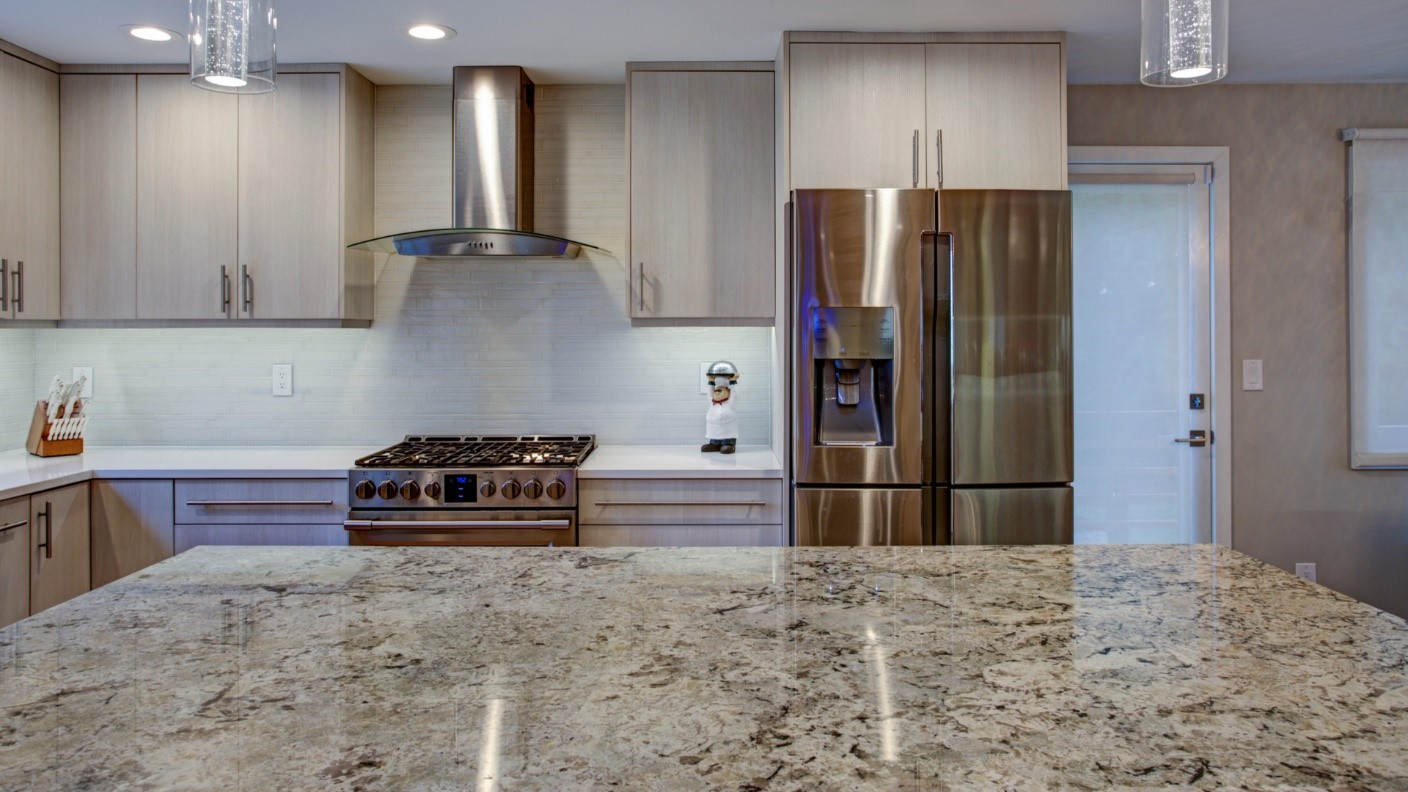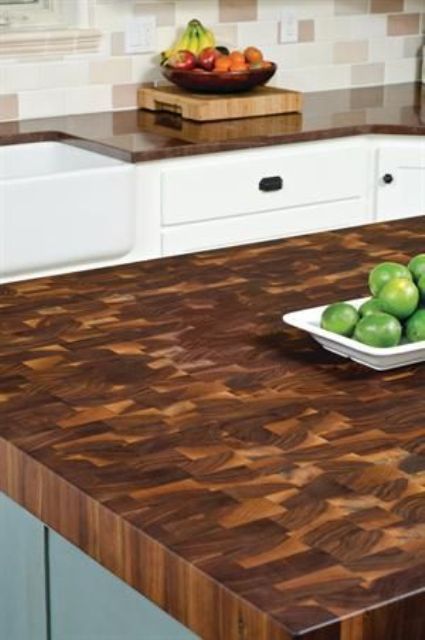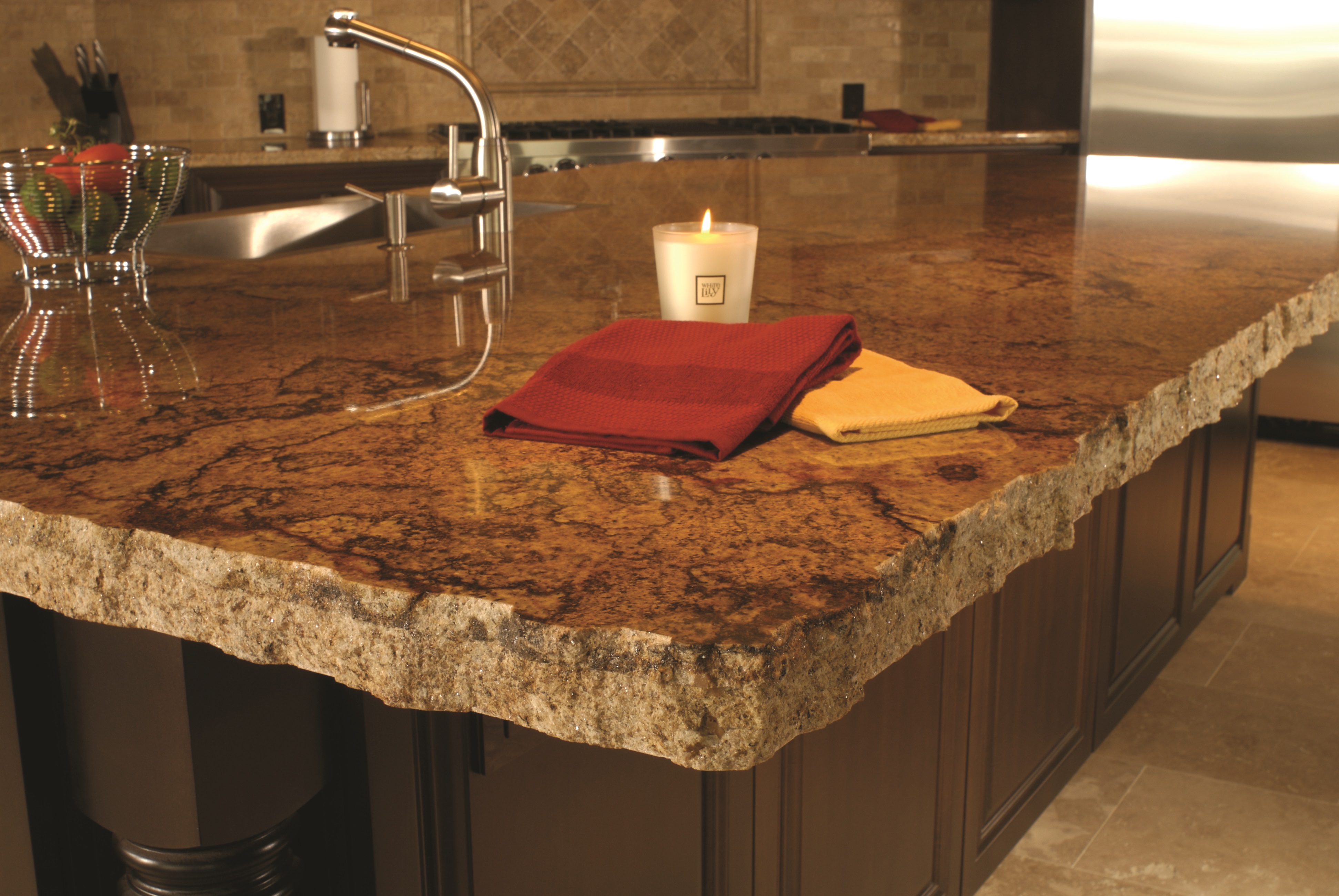Stone kitchen countertops are a classic and timeless choice for homeowners looking to combine durability, beauty, and practicality. They come in a variety of natural materials, including granite, marble, quartzite, soapstone, and travertine, each offering unique aesthetics and benefits. The allure of stone lies not only in its visual appeal but also in its remarkable ability to withstand wear and tear over time. However, the decision to install stone countertops requires careful consideration of your specific needs, lifestyle, and budget.
Granite is one of the most popular stone choices due to its strength, heat resistance, and stunning patterns. It comes in a variety of colors and veining, making it suitable for nearly any kitchen design. Granite is highly durable, but it does require regular sealing to maintain its resistance to stains and moisture. I’ve found that if you’re someone who loves cooking and frequently uses your kitchen, granite is a reliable option that can handle the daily grind.

Marble countertops are synonymous with luxury. The smooth, veined surface of marble adds elegance to any kitchen, making it a favorite for those who prioritize aesthetics. However, marble is more porous than other stones, meaning it’s prone to staining and scratching if not properly cared for. Acidic substances like lemon juice or vinegar can etch the surface, so it’s essential to be cautious. That said, marble develops a patina over time, which many people find adds to its charm.
Quartzite, often confused with quartz (a man-made material), is a natural stone that combines the durability of granite with the sleek appearance of marble. It’s an excellent choice if you want the look of marble without the high maintenance. Quartzite is resistant to heat, scratches, and stains, though it still requires sealing to maintain its longevity. I often recommend quartzite to homeowners who want a balanced mix of durability and elegance.

Soapstone, with its smooth texture and dark, matte finish, is a unique choice for those seeking something different. This stone is non-porous, making it naturally resistant to stains and bacteria. While it is softer than granite and can scratch more easily, these scratches can often be sanded out or simply embraced as part of the stone’s natural aging process. Soapstone also darkens over time, creating a rich patina that many people love.
Travertine is another beautiful option, offering a warm, earthy look with its natural pits and grooves. While it’s not as hard as granite or quartzite, its softness makes it easier to work with during installation. However, the porous nature of travertine means it needs to be sealed regularly to prevent stains and moisture absorption. It’s a fantastic option for those looking for a rustic or old-world charm in their kitchens.

Maintaining stone countertops is critical to preserving their beauty and functionality. Regular cleaning with mild soap and water is typically sufficient, but it’s crucial to avoid abrasive cleaners or scouring pads, which can damage the surface. For stones that require sealing, such as granite or marble, reapplying a high-quality sealant every year or as recommended by the manufacturer is a must. I’ve noticed that homeowners who stick to a consistent maintenance routine often enjoy their stone countertops for decades without significant issues.
Cost is another essential factor to consider. Stone countertops can range widely in price depending on the material, thickness, and installation complexity. Granite and quartzite tend to be more affordable than marble or custom soapstone slabs. However, the upfront investment often pays off in the long run, as stone countertops add significant value to your home and rarely need replacement.
While the installation of stone countertops can be a significant undertaking, working with experienced professionals ensures the process goes smoothly. Precision is key, as improper installation can lead to uneven surfaces or cracks. I always suggest consulting a reputable contractor who can provide expert advice on choosing the right stone for your needs and ensuring it’s installed correctly.

Choosing a stone countertop also involves considering the edge profiles, which can dramatically affect the overall look. From simple square or eased edges to more intricate ogee or beveled designs, the edge profile should complement your kitchen’s style. I find that homeowners often overlook this detail, but it plays a crucial role in creating a cohesive design.
Environmental impact is another consideration. Many natural stones are sourced from quarries, which can have ecological consequences. If sustainability is a priority for you, look for companies that follow ethical sourcing practices or consider recycled stone options. I always feel good about making eco-conscious decisions, and it’s great to see more homeowners prioritizing this as well.
Stone countertops are not just about aesthetics—they’re also about functionality. They’re heat-resistant, which makes them ideal for placing hot pots and pans directly on the surface. However, I always recommend using trivets and cutting boards to prolong the life of your countertops, as even the most durable stones can show signs of wear over time.

Repairing stone countertops, while possible, can be tricky. Chips and cracks may require professional repair to restore the surface. Regular inspection and prompt attention to any damage can prevent small issues from becoming larger problems. I’ve seen how timely care can save homeowners from costly repairs down the line.
One of the best parts of having stone countertops is their versatility. Whether your kitchen is modern, traditional, or somewhere in between, there’s a stone that fits your aesthetic. Stones like marble work beautifully in sleek, contemporary kitchens, while soapstone and travertine are perfect for more rustic or farmhouse styles. I love seeing how the right stone can completely transform a space.
Stone countertops are also an excellent investment. They can increase your home’s resale value and appeal to potential buyers. If you’re considering selling your home in the future, installing high-quality stone countertops is a smart move. Many buyers are willing to pay a premium for kitchens with durable and attractive stone surfaces.
When designing your kitchen with stone countertops, it’s important to think about how they interact with other elements, such as cabinets, backsplashes, and flooring. I’ve found that harmonious color schemes and textures create a cohesive look that elevates the entire space. Mixing and matching materials can also add depth and interest to your kitchen design.

Common Mistakes to Avoid:
Neglecting maintenance: Skipping regular sealing for porous stones like marble and granite can lead to stains and moisture damage.
Choosing the wrong stone: Opting for a high-maintenance stone like marble without considering your lifestyle may result in frustration.
Improper cleaning: Using harsh chemicals or abrasive cleaners can damage the surface of your countertops.
Ignoring edge profiles: Not paying attention to edge designs can result in a mismatch with your kitchen’s overall style.
DIY installation: Attempting to install stone countertops without professional help can lead to poor results and costly mistakes.
Overlooking budget constraints: Failing to consider installation and maintenance costs can strain your finances.

How do I choose the right stone for my kitchen?
Choosing the right stone depends on your lifestyle, budget, and design preferences. For durability and low maintenance, granite or quartzite are excellent choices. If you prioritize aesthetics and don’t mind extra care, marble is a luxurious option. Always consider how much wear and tear your countertops will face daily.
Do stone countertops require sealing?
Most natural stone countertops, like granite, marble, and travertine, require regular sealing to prevent staining and moisture damage. Non-porous stones like soapstone generally don’t need sealing. Sealing frequency depends on the stone and the level of use, but annual re-sealing is common for most types.
Can I place hot pans directly on stone countertops?
While stone countertops are heat-resistant, it’s best to use trivets or heat pads to avoid potential thermal shock, which can cause cracks. Repeated exposure to high heat can also degrade sealants or discolor some stones over time.

Are stone countertops environmentally friendly?
Natural stone can have environmental impacts due to quarrying and transportation. To minimize this, choose ethically sourced stone or recycled materials. Some manufacturers now offer eco-friendly stone alternatives that mimic the look and feel of natural stone.
What’s the difference between quartz and quartzite?
Quartz is an engineered stone made from natural quartz particles combined with resin, offering consistent patterns and low maintenance. Quartzite, on the other hand, is a natural stone with unique veining and patterns. Quartz is more scratch-resistant, while quartzite offers greater heat resistance.
How do I repair scratches or chips in stone countertops?
Small scratches can sometimes be buffed out with fine sandpaper or stone polish. For larger chips or cracks, professional repair is often necessary. They can use specialized adhesives and fillers to restore the surface to its original appearance.

Unique Kitchen Countertops Of Different Materials

Stone Countertop Ideas

Related Posts:
- Affordable Kitchen Countertop Ideas
- Creative Kitchen Countertop Ideas
- Matching Kitchen Cabinets Flooring And Countertops
- DIY Kitchen Island Countertop
- Kitchen Countertop Fruit Storage
- Black Tile Kitchen Countertops
- Light Kitchen Countertops
- Kitchen Countertops Charleston Wv
- Pictures Of Kitchens With Green Countertops
- How To Replace Kitchen Sink With Tile Countertop